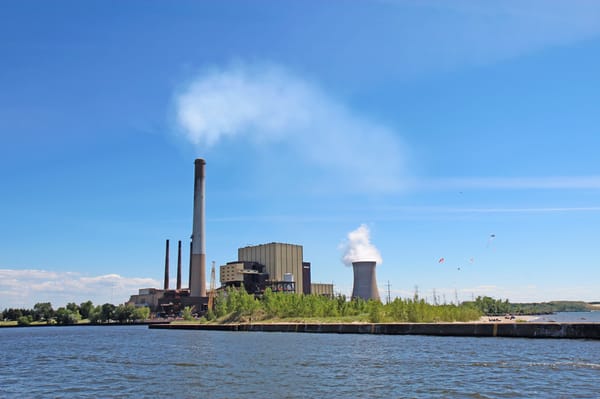Preventive Environmental Measures Ruled Not Insured Damages
Kent Holland | September 7, 2018

An owner of a coal mine sued its commercial general liability (CGL) primary insurer and against its excess CGL insurer for the cost it incurred in constructing and operating a water treatment plant to capture and treat acid mine drainage that was coming out of the closed mine.
The insurers denied coverage on the basis that the costs were not incurred as the result of an "occurrence" as defined by the policies because the treatment of acid mine drainage is mandated by statute and is a routine business expense that is prophylactic in nature.
A trial court granted summary judgment in favor of the insurers. This decision was affirmed on appeal in Bellaire Corp. v. American Empire Surplus Lines Ins. Co., 2018 Ohio 2517 (Ohio App. 2018).
The Pennsylvania Department of Environmental Resources investigated what was called "red water," which was flowing out of the mine and onto nearby properties. Owners of those properties brought claims against the mine for property damages, and the primary insurer paid those owner claims. Those damages were not at issue in this case.
Subsequently, the state demanded that the mine pump and treat the polluted water that was flowing from it. In response, the mine constructed a treatment plant to prevent additional flooding of acid mine drainage. The construction costs exceeded $2 million, and the costs to operate the plant in the ensuing years was approximately $8 million. The mine also sought from the insurer an additional $5 million for the cost of financing a trust fund to cover future operating costs.
The Court's Rationale
As explained by the court, the policies provided coverage for claims the mine was legally obligated to pay because of "property damage" caused by "an occurrence." The court explained: "In this appeal we are asked to determine whether the language 'all sums which the insured shall become legally obligated to pay as damages because of … property damage caused by an occurrence,' or similar language used in the policies issued to Bellaire by the Insurers, includes coverage for the cost to build and operate the Hutchinson Hollow Treatment Plant."
The policies defined "occurrence" as "an accident, including continuous or repeated exposure to conditions, which results in bodily injury or property damage neither expected nor intended from the standpoint of the insured."
According to the mining company, to find "no occurrence," "the Insurers had to prove that Bellaire intended or expected the migration of acid mine drainage onto the neighboring properties. And, because there is no evidence that Bellaire expected or intended acid mine drainage to flood the neighboring properties, there is coverage under the policies."
The court found several problems with Bellaire's argument. It stated that acid mine drainage is a common occurrence in mining that a mine is required by permit to manage while the mine is operational and even after it is closed. Migration of acid drainage could not be considered to be unforeseeable or unexpected.
The costs of building and operating the Hutchinson Hollow Treatment Plant were incurred pursuant to an ongoing obligation under the Permit rather than to remediate past property damage claims. Therefore, the flooding of acid mine drainage that necessitated the construction of the Hutchinson Hollow Treatment Plant was not an "occurrence" as defined by the policies.
Bellaire argued that the policies "don't just cover 'property damage,' they cover all of Bellaire's liability arising from, because of, or on account of property damage." This would include consequential damages resulting from property damage.
In rebuttal, the insurers argued that the cost to build and operate the plant was a routine business expense that the mine was obligated to pay under its permit and that it was not built to remediate "past" contamination or property damage, rather to "prevent future harm." This was supported by testimony by managers of the mine that managing acid mine drainage is an "ongoing expense [during] active mine operations" and that the mining company allocated "an annual budget for that expense." In other words, it was a planned postclosure expense for the mine.
Conclusion
Based on the language of the policies and the facts of the case, the court found that construction and operation of the treatment plant were not necessitated by an "occurrence" and that there were no "damages" recoverable under the policies.
Opinions expressed in Expert Commentary articles are those of the author and are not necessarily held by the author's employer or IRMI. Expert Commentary articles and other IRMI Online content do not purport to provide legal, accounting, or other professional advice or opinion. If such advice is needed, consult with your attorney, accountant, or other qualified adviser.

